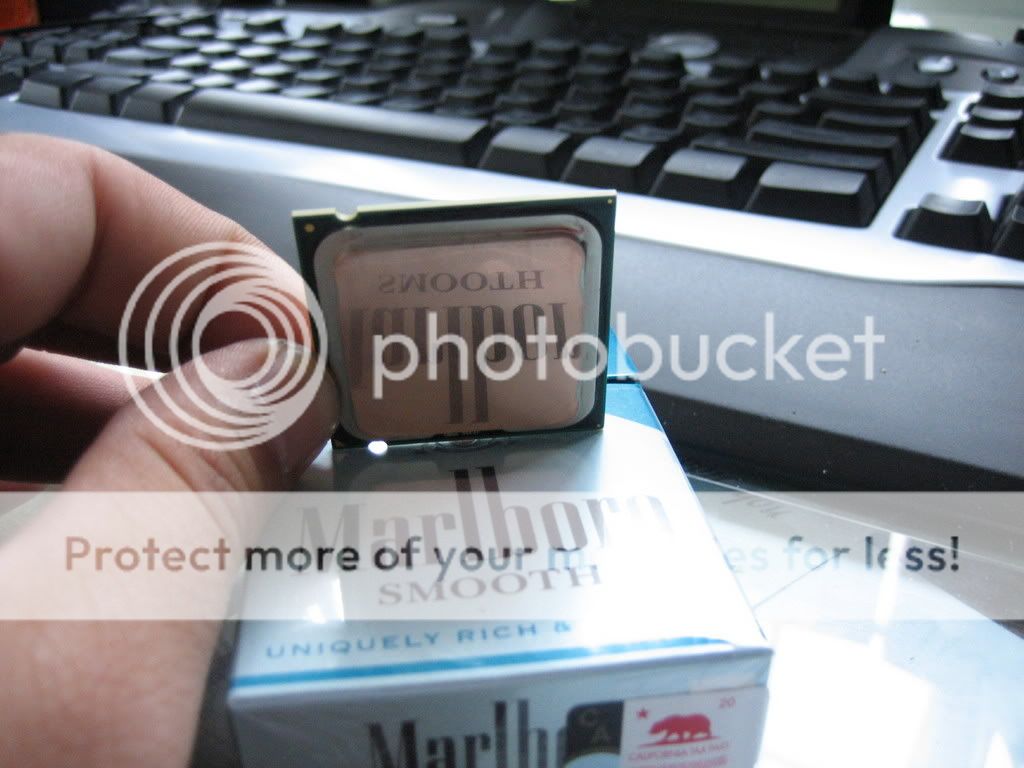I review heatsinks. I get to see how they mount. Some are convex. Some are very convex. Some use screws with positive stops, and depend upon springs to put 50lbf on the CPU, and no more than that. However, some heatsinks have no screw stops. They depend on the frame to apply pressure. You can easily overdo it and bend the pins in your socket.
I have taken to taking pictures of the convexities, and commenting on the mounts. I believe users should know if a mount is dangerous before they buy.
BTW -- almost everyone has convexity on their mounts. Further, studies done around 2006 showed the more pressure you apply, the better the heat transfer. Later Skinnee Labs found that out. I have read a bitter comment by an OEM rep who commented that some manufacturers will apply excess pressure to make their heatsinks cool better. Caveat emptor.
BTW2 -- none of this is sanctioned by Intel, and no standards body dictates convexities or excess pressure.



